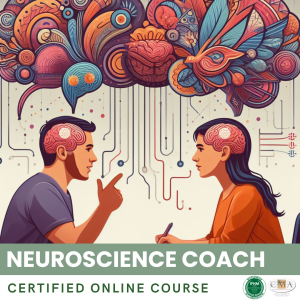Bisexual individuals constitute a significant and often unrecognized part of the LGBTQ+ community. Bisexuality is defined as emotional, romantic, and/or sexual attraction to people of more than one gender. Contrary to a widespread misconception, bisexuality does not necessarily imply equal attraction towards men and women, nor being in a relationship with people of different genders simultaneously.
One of the main challenges faced by bisexual individuals is the invisibility of their sexual orientation. Often perceived as “indecisive”, “in a transition phase” or “opportunistic”, their identity is frequently questioned, including within the LGBTQ+ community. This biphobia can take the form of negative stereotypes, such as the idea that bisexuals would necessarily be unfaithful or vectors of STIs. It leads to a double discrimination, both from heteronormative society and gay and lesbian communities.
Nonetheless, bisexuality has a long history, even if it has been overshadowed for a long time. Famous figures such as Frida Kahlo, James Dean, and Freddie Mercury had relationships with people of different genders. The term “bisexual” itself was first used in 1892 by neurologist Charles Gilbert Chaddock. In the 1970s, Fritz Klein developed the “Klein Sexual Orientation Grid” which proposes a more fluid and multidimensional view of sexual orientation, taking into account attraction, behaviors, and fantasies.
Despite this historical richness, bisexual people still face numerous prejudices. One of the most persistent is the “phase” idea: the notion that bisexuality would only be a transitory stage before “choosing” between heterosexuality and homosexuality. This binary conception denies the legitimacy and stability of bisexual identity. It leads many bi individuals to experience a form of erasure: in a relationship with someone of the same gender, they are perceived as homosexual; in a relationship with someone of a different gender, they are considered heterosexual.
This invisibility has concrete consequences on the health and wellbeing of bisexual individuals. Studies have shown that they have an increased risk of suffering from depression, anxiety, eating disorders, and addictive behaviors compared to heterosexual people, but also gays and lesbians. They are also more likely to encounter difficulties in accessing care, due to the lack of training for health professionals on bisexual specifics.
Facing these challenges, bisexual individuals organize and mobilize to assert their existence and rights. The bisexuality day, celebrated every year on September 23, is an opportunity to raise awareness among the general public and to enhance bi visibility. Associations like Bi’Cause in France provide spaces for exchange, support, and conviviality. Personalities like actress Evan Rachel Wood or singer Frank Ocean help break stereotypes by openly talking about their bisexuality.
As an LGBTQ+ coach, it is essential to be aware of these issues to better support bisexual individuals. This involves deconstructing one’s own prejudices, using inclusive language (talking about “partner” rather than “girlfriend/boyfriend”), not presuming the stability or exclusivity of attractions. It’s also knowing how to direct to relevant resources, like the “Survival guide for bi people” published by SOS Homophobia. The goal is to allow each bisexual person to live their orientation in a fulfilling and free manner, without pressure to fit into boxes.
Key points to remember:
– Bisexuality is emotional, romantic, and/or sexual attraction towards people of more than one gender. It does not necessarily imply equal attraction or simultaneous relationships with different genders.
– Bisexual individuals face invisibility and biphobia, a double discrimination both from the heteronormative society and from gay and lesbian communities.
– Historical figures such as Frida Kahlo, James Dean, or Freddie Mercury engaged in bisexual relationships. The term “bisexual” was first used in 1892.
– A persistent prejudice is the conception of bisexuality as a “phase”, denying the legitimacy of this identity. This leads to erasure of bi individuals depending on the gender of their partner.
– Bisexual individuals have higher risks for depression, anxiety, eating disorders, and addictive behaviors, and face difficulties in accessing appropriate care.
– The bisexual community mobilizes itself through events like the bisexuality day, organizations like Bi’Cause, and public personalities to assert its visibility.
– As an LGBTQ+ coach, it is important to deconstruct prejudices, use inclusive language, not presume attractions, and direct towards relevant resources to allow bi people to lead fulfilling lives in accordance with their orientation.
👉 To download docx (Editable) file click here : Click here
👉 To download PDF file click here : Click here
👉 To download MP3 file click here : Click here






